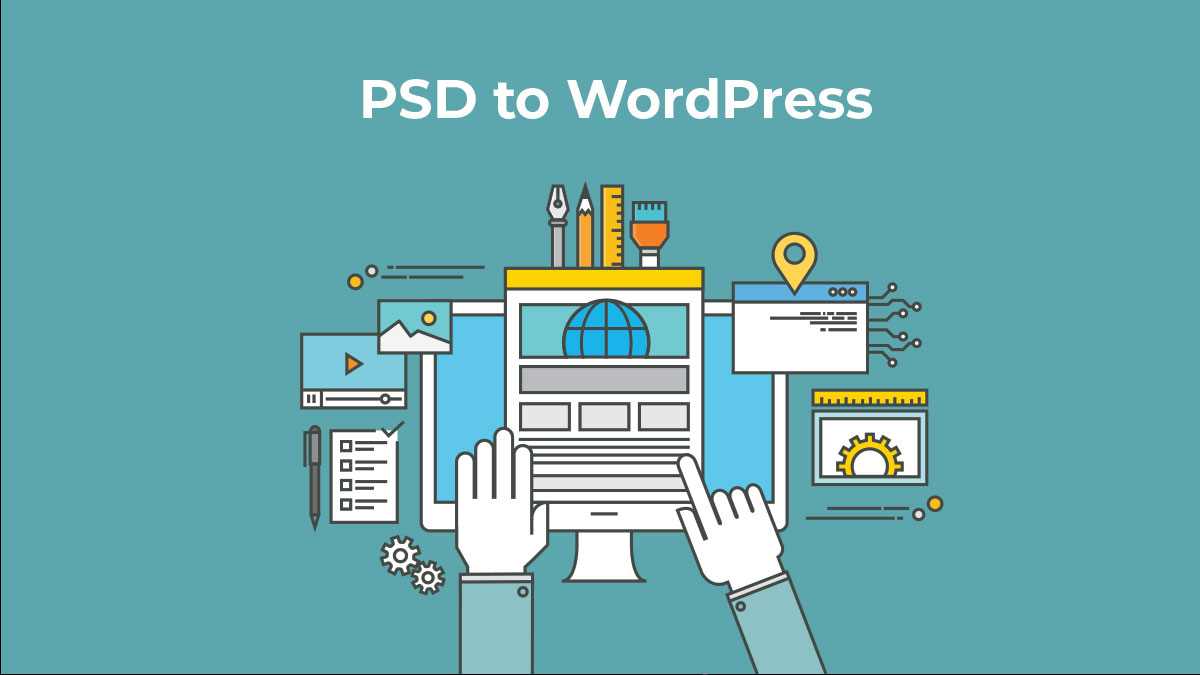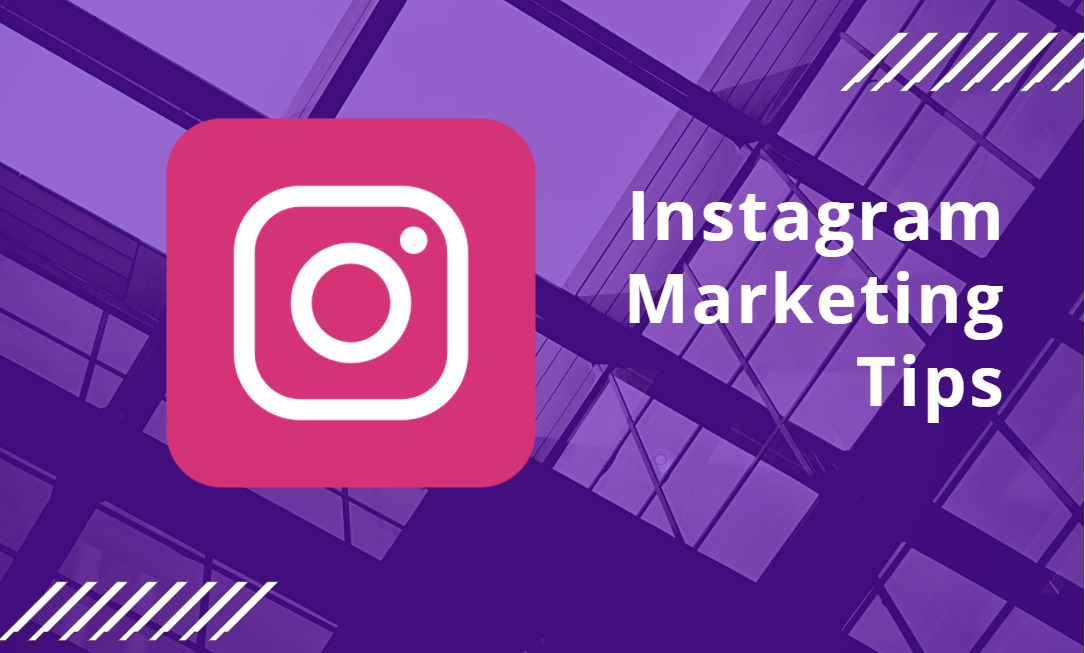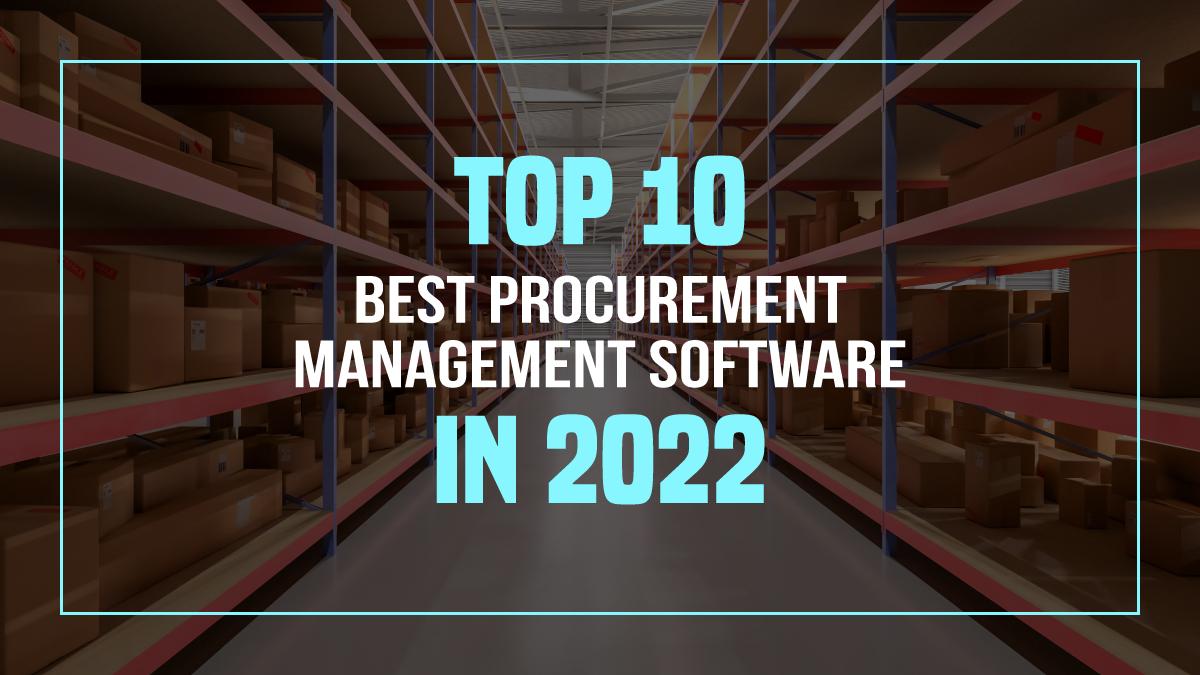Magento, released on March 31, 2008, by Varien is a leading PHP-built e-commerce website-creating platform. Presently, there are numerous e-commerce businesses utilizing Magento’s open source for starting their online businesses.
The major event for Magento was in 2018 when Adobe acquired it for $1.68 billion to complete its commerce loop. This was a remarkable event for Magento to develop further in the enterprise market.
Despite being an ideal e-commerce website creation platform, it has associated risks of increased malware attacks, high usage of bots, etc. To tackle such hurdles a proper plan and deployment of tried and tested strategies if required.
This article talks about Magento’s increasing traffic and strategies to tackle it.
Key Takeaways
- Basics of Magento
- Steps to build a scalable Magento store
- Prominent reasons for enhanced traffic on Magento
- Methods to prevent traffic
Guidelines to Build Scalable Magento Store
1. Know Magento’s Server Guidelines
Similar to other platforms, Magento also requires analysis before beginning shopping for a hosting provider. Once you have gathered enough information about all requirements, you can run your website properly.
One needs to fulfill basic requirements for analyzing Magento’s server requirements. The common requirements are:
- Web Servers
- Memory
- Operating System
- Databases, for example, MySQL 5.6 and 5.7
- PHP: PHP 7.3 is preferred by the Magento
- SSL Security Certificates
2. Choose a Web Host and Site Name
For selecting a web host, one needs to list web hosting services and system requirements first. Once done you need to select an ideal web host and domain name that ensures excellent support and security to your e-commerce platform.
The popular hosts for Magento are Hostinger, Bluehost, DreamHost, etc.
3. Get Magento Open Source
The next step after purchasing a web hosting plan is to set up an account. To set up an account, first, you need to install the Magento open sources headlines over the page. Click on the “Get started” button, afterward.
After clicking this button, you will find different options to start the installation process. Start installation after adjusting your configuration settings.
4. Configure with Administration Settings
The configuration of administration settings involves:
- Customization of credentials.
- Specification of the services where one wants to launch a Magento website.
- Once administration settings are configured and finished, you can proceed with the installation by clicking on the installation button.
After the installation is done, you will receive a confirmation message.
5. Pick your Favorite Theme and Install
Completing the installation, pick an ideal theme suitable for your online store. The selected theme can later be changed as per your branding purpose. Also, Magento provides users with a theme customization option.
6. Explore Magento Extensions for Advanced Features
To enhance your website’s value and improve its functionality, Magento provides different extensions. Some of the popular categories to add extensions in Magento are marketing, payment gateways, shipping, analytics tracking, security, shipping, etc.
7. Store Setting Modification
Before the actual launch, customization of website settings is essential. The factors to consider while modifying store settings are:
- Checking Customer Account Settings
- Settings for location, time zone, and currency
- Setting up an email for all transactional notifications
- Establishing Shipping and Payment Methods
8. Setting Up Product Pages
There are different steps one has to follow to add different products to their Magento e-commerce store. The prominent product options are simple products, bundle products, grouped products, configurable products, downloadable products, etc.
Reasons for Increasing Traffic on Magento
The sudden increase in Magento traffic is an indicator that DOS or DDoS have attacked your Magento store. This is because when good bots such as Google Spider Crawl your Magento, they improve your search engine optimization (SEO). this hardly has fluctuations in your store’s normal traffic.
Contrary to this, other malicious bots can attract fake bots to your Magento store which leads to increased traffic.
E-commerce sites such as Magento are the easy and favorite targets for hackers. As suggested by Incapsula, approximately 62% of the website traffic consists of automated bots.
Therefore, safeguarding Magento e-commerce sites from malicious attacks is essential. Knowing that unauthorized bot traffic impacts analytics metrics such as page views, bounce rates, session duration, etc., it is imperative to adopt strategies to improve traffic.
Before elaborating on the strategies to improve the Magento site’s traffic, let us know some crucial reasons behind the increasing traffic.
- Malware Attacks
- Increased Usage of Antivirus
- Mail Server-Related Issues
- Hacker Bots
Strategies to Handle Traffic Spikes
SEO of the website plays a crucial role in ranking it on the search engine results, and being on the top attracts the most click-through rates as the recent SERP report suggests.
However, to place your Magento sites on the top of the search engine, one is required to optimize their site. Just like your websites need optimization for better rankings, organizations also need employee time tracking software to boost productivity.
Top Magento Speed Optimization Steps
Here are the major factors that can impact the speed optimization of your Magento sites:
1. Optimized URL Structure
Basically, five URL components require optimization. These are:
- Scheme
- Subdomain
- Top-level domain
- Second-level domain
- Subdirectory
When your URLs are well-optimized for SEO, they are concise and have sufficient keywords.
2. Well Optimized Metadata
Written into codes, metadata carries data that the search engine uses to index your pages faster. Adding keyword-rich metadata meeting the qualifications can improve your Magento store crawling. Also, regularly updating the metadata of pages is a healthy habit.
The components of the metadata are:
- Meta Title
- Meta Description
- Meta tags
Meta information helps search engines to get the category pages and supports in improving the site navigation for different category pages. Writing 70 characters for a meta title and 150-170 characters for a meta description is healthy metadata.
3. Optimized Products
To attract a higher ranking to your Magento sites, you can optimize the product descriptions and product pages. Let us see a few techniques to optimize different products:
- Product Images: Adding suitable Alt-texts and using standard formats, resizing images fitting relevant pages are the key components of image optimization.
- Product Descriptions: Main product descriptions are unique and rich in keywords for every product helping search engines to index specific products easily.
- Adding Category Path to Product URLs: This helps to present the hierarchy of a product page for easy navigation which allows fast indexing of your pages.
4. Proper Canonical Tags
A search engine does not approve different URLs with the same content and this invites different SEO issues and worsens your site’s search ranking.
The canonical meta tag is a feature to assist the search engine to know on which page to index when two or more pages have the same or identical content.
5. Using Authentic and Original Content
Using duplicate content attracts issues for SEO practices which also includes penalties from Google when it starts crawling your web pages. For Magento, duplicate content is harder to filter and makes sorting products complicated.
The methods to get rid of content duplicacy are Robot.txt, category and product URL suffixes, colonial tags, etc.
6. XML Sitemaps
The XML sitemap is specially designed to find the pages that are overlooked by the web crawlers. This helps in notifying the search engine about the crawling so that the pages can be indexed to further boost the site’s visibility.
On Magento sitemaps, one can list and prioritize URLs for a search engine. One can also save files and update them regularly. Also, enabling robots.txt helps to prevent different pages from being crawled.
7. Improved Page Rank
To improve any page’s SEO ranking, following the below-mentioned SEO aspects can help:
- Home Page: Although you get a default homepage for your websites on Magento, you should consider customizing the homepage suitable for your brand and adding keywords to it. Writing concise and attractive descriptions, and title tags for all pages is also helpful.
- Adding Keywords: Providing unique and relevant keywords is helpful for users to find the relevant page results. Conducting keyword research for the targeted audience can support finding good keywords.
- Adding Proper Heading Tags: Using proper H1, H2, H3, etc. in your content helps in establishing a hierarchy of your content page. This easy-to-understand format improves the indexing speed of your pages. In Magento, you get choices of heading from H1 to H6.
- Utilizing Google Analytics and Google Search Console: Adopting free tools such as Google Analytics and Google Search Console can optimize your SEO strategy by monitoring your SEO performance and accessing market insights.
8. Optimized Site Speed
Site speed is also one of the main components that Google uses to rank websites. A reduced bounce rate is also essential for fast ecommerce sites.
Different methods to boost website speed are:
- Use of proper content delivery network (CDN)
- Utilizing Browser Caching
- Finding a reliable Magento Hosting Provider
- Merging and Minifying JavaScript and CSS Files
Other than optimizing website speed, improve your employees’ productivity by using DeskTrack.
9. Optimized Internal Links
Optimizing internal links of your website improves user experience as search engines crawl pages with optimized internal linking easily. Also, site navigation and web design further improve user experience.
The below-mentioned components of internal links can be optimized:
- Site Hierarchy
- Inbound links
- Site Map
- Guided Navigation
- Tag Clouds and Tag Pages
- Breadcrumb Navigation
- URLs to related products and searches
- Optimized Store View
- Links in Articles & other content
10. Better SEO Magento Extension
Using the best Magento SEO extensions are important tool for reducing SEO-related tasks. They also improve website visibility. For instance, one doesn’t have to add meta tags for large categories and products as SEO extensions automatically perform this for you.
The key SEO extension features are:
- Optimizing Metadata
- Rich Snippets
- Image Optimization
- HTML and XML Sitemaps
- SEO-friendly Blogs
- Cross-linking
- Social Media
Final Thoughts
Magento stores with increased popularity attract different threats so it is essential to have a detailed plan when using this platform for the best results. Researching the industry for regular updates and following the basic strategies & guidelines to build a scalable Magento store along with implementing plans to handle increasing sites and maintaining the health of the sites is the need of the hour.
















